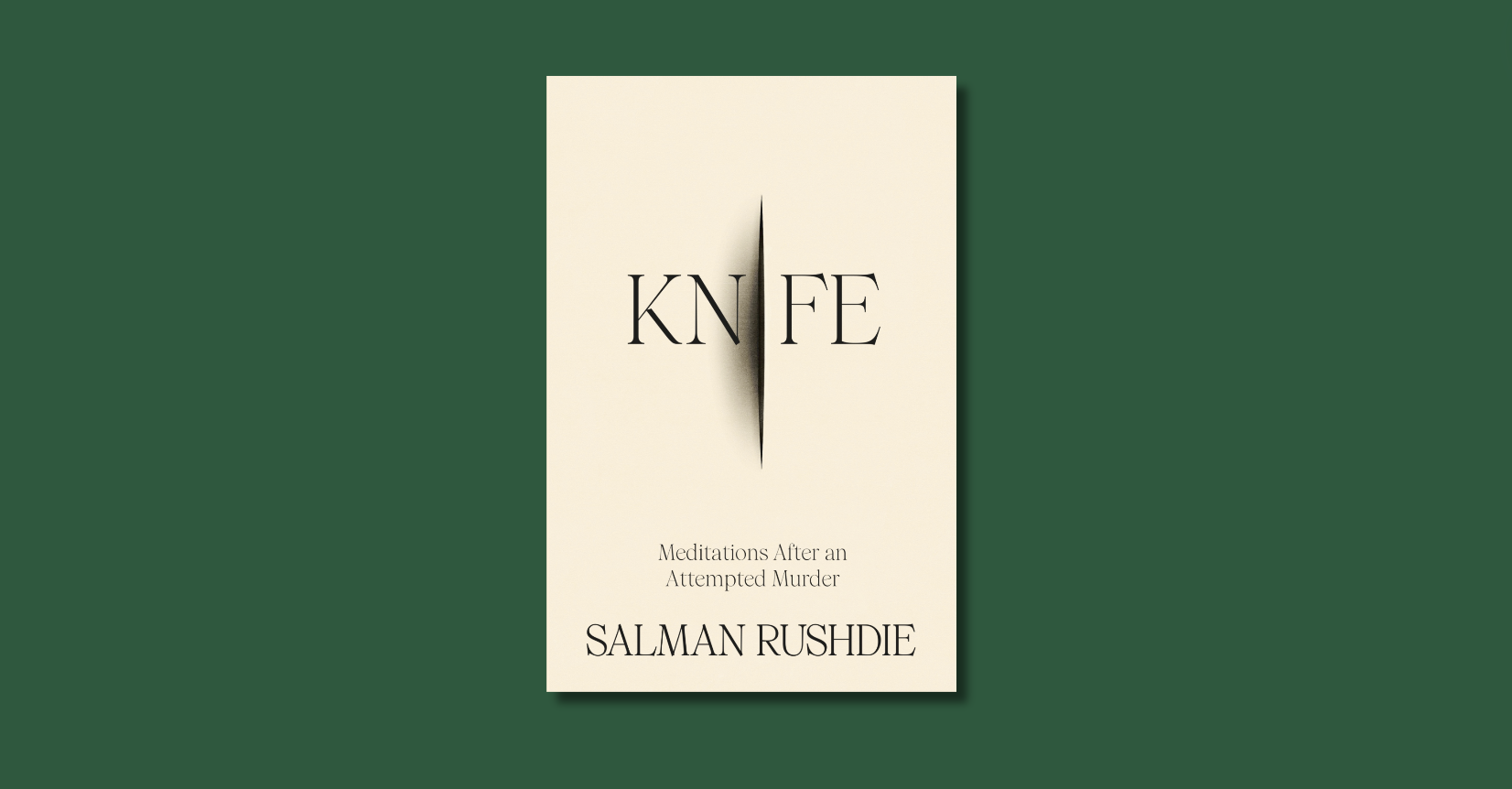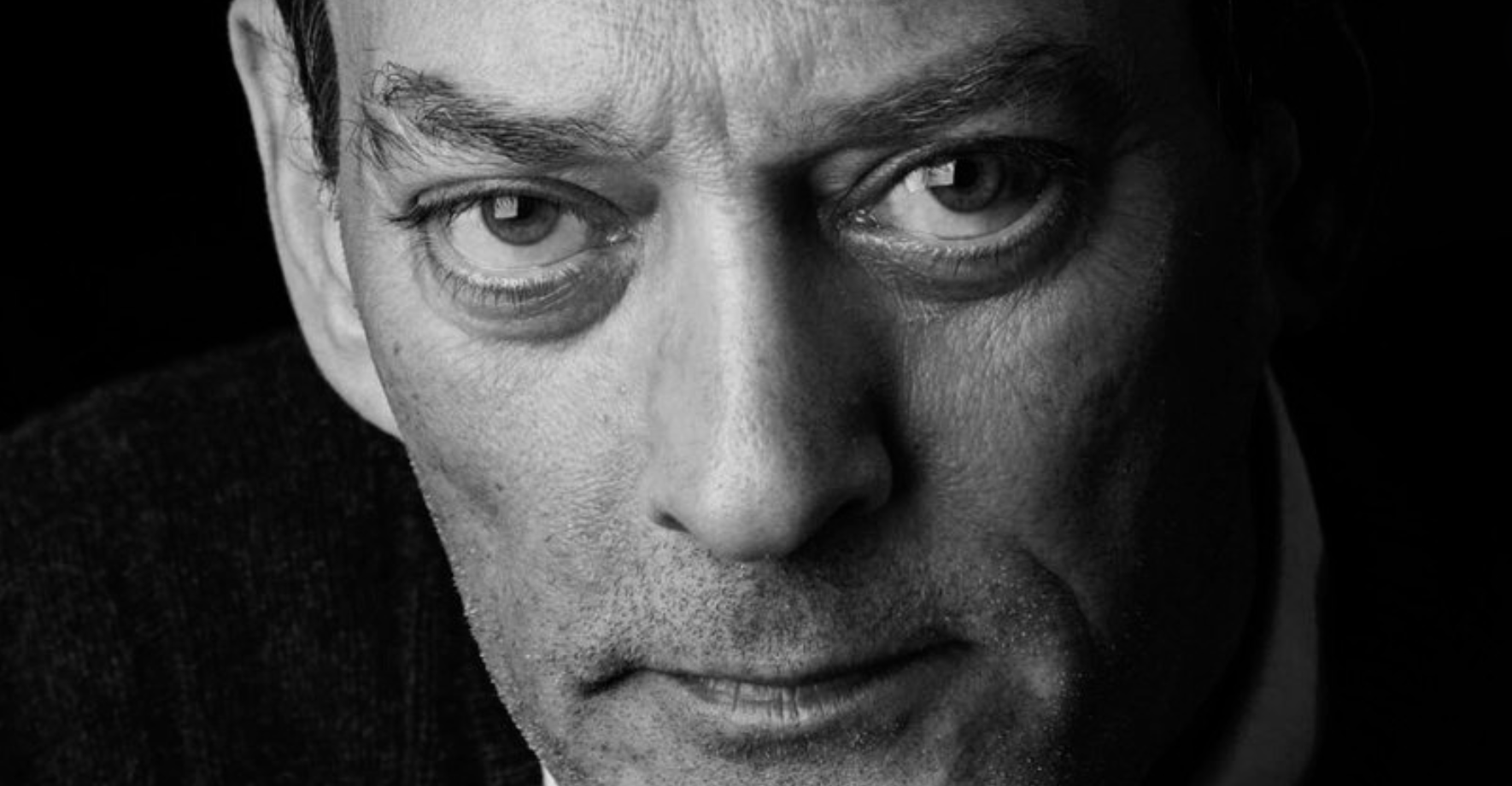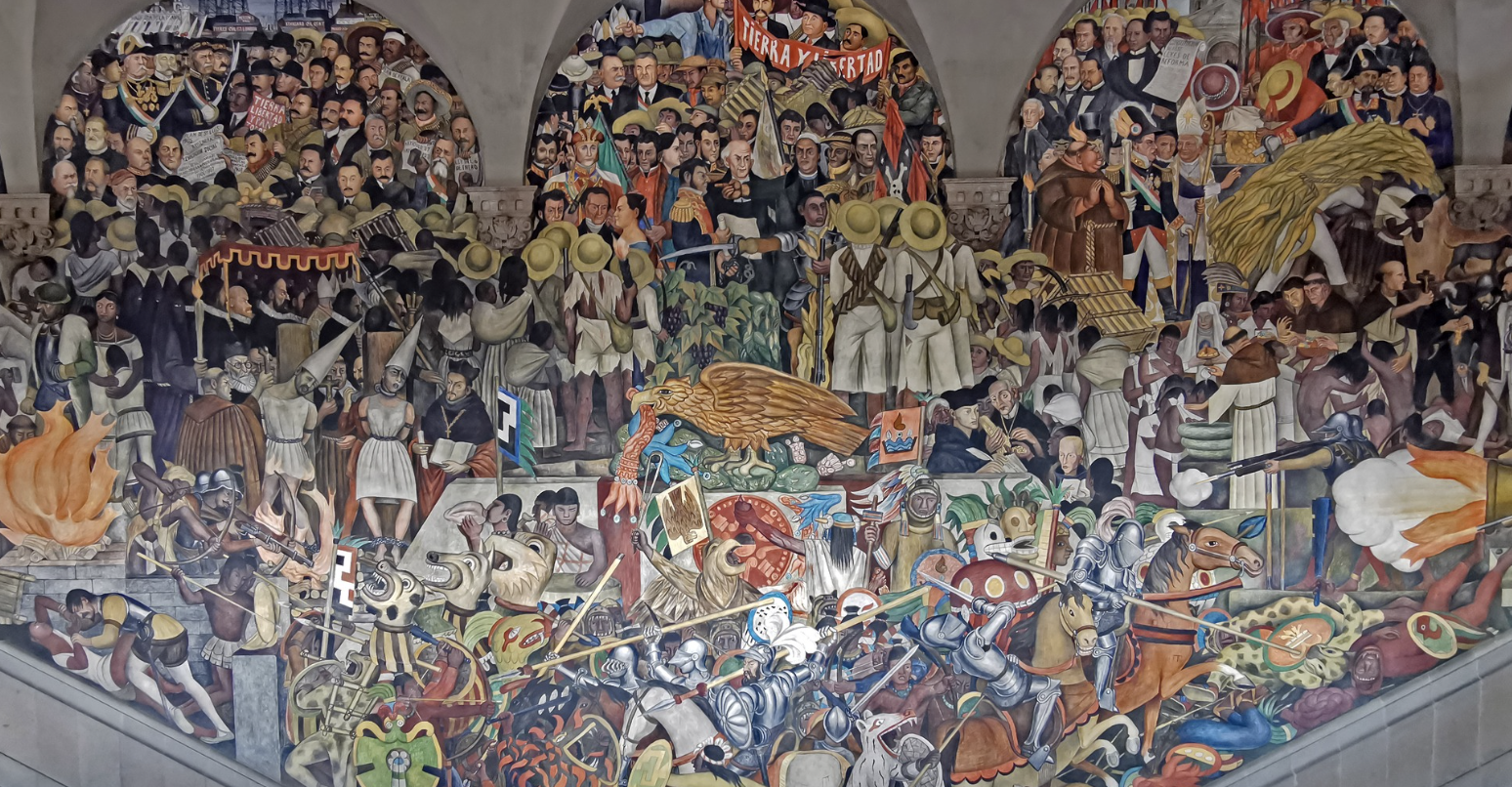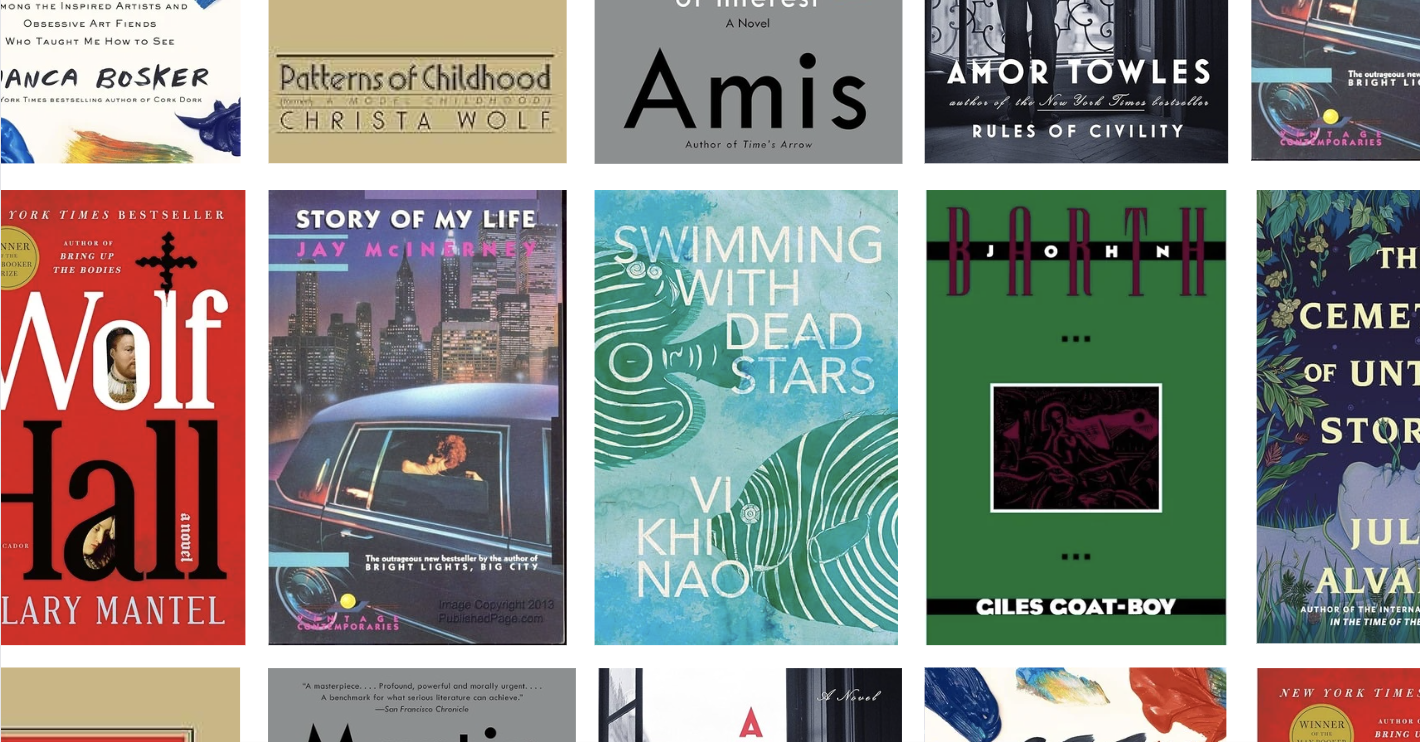 Of the half-dozen or so fellow readers I know who have attempted to scale the 800-page Matterhorn that is Dhalgren, none have succeeded. Still, when I tackled it myself last month, I kept encountering people in parks and coffee shops and on the subway who would glance down at the jacket, blurt, “Great book,” and then vanish into the urban landscape. It is the kind of oddity to which Dhalgren attunes us: the protagonist whose name we may or may not learn; the abandoned city as densely populated as a Victorian novel; the story-within-the-story that is at the same time the story-outside-the-story.
Of the half-dozen or so fellow readers I know who have attempted to scale the 800-page Matterhorn that is Dhalgren, none have succeeded. Still, when I tackled it myself last month, I kept encountering people in parks and coffee shops and on the subway who would glance down at the jacket, blurt, “Great book,” and then vanish into the urban landscape. It is the kind of oddity to which Dhalgren attunes us: the protagonist whose name we may or may not learn; the abandoned city as densely populated as a Victorian novel; the story-within-the-story that is at the same time the story-outside-the-story.
 Dislocations, discontinuties, and ontological entanglements are clearly central to Samuel R. Delany‘s design. The novel’s setting (and, arguably, main character) is a bombed-out Midwestern metropolis called Bellona – a spatial, temporal, and psychosexual labyrinth in which our Theseus, an amnesiac poet-adventurer known as Kid, will or won’t find himself. And as it embodies the instabilities of institutions, identities, and power relations, Bellona may be the metaphor par excellence for the 1960s. Indeed, though the book sold a million copies as science-fiction, it seems at many points no more distant from our own reality than that other trippy whopper from the mid-’70s, Gravity’s Rainbow. For Bellona, read Detroit.
Dislocations, discontinuties, and ontological entanglements are clearly central to Samuel R. Delany‘s design. The novel’s setting (and, arguably, main character) is a bombed-out Midwestern metropolis called Bellona – a spatial, temporal, and psychosexual labyrinth in which our Theseus, an amnesiac poet-adventurer known as Kid, will or won’t find himself. And as it embodies the instabilities of institutions, identities, and power relations, Bellona may be the metaphor par excellence for the 1960s. Indeed, though the book sold a million copies as science-fiction, it seems at many points no more distant from our own reality than that other trippy whopper from the mid-’70s, Gravity’s Rainbow. For Bellona, read Detroit.
The comparison to Pynchon is not made lightly. On the surface, Kid’s wanderings in Bellona look as loosely strung together as that other Kid’s wanderings in Purple Rain. His poetics tend toward the Beatnik, his observations toward the dreamy and spontaneous: the flashbulb-red that keeps appearing in the eyes of certain characters; the holographic exoskeletons in which the book’s street gangs armor themselves… But in the monologues by various Bellonians that punctuate and comment on the action, we can feel Delany synthesizing history, mythology, aesthetics, epistemology, systems theory, and the philosophy of language into a singular vision of the human condition on the cusp of postmodernism. It should also be said that Delany’s sinuous prose, by turns fragmentary and efflorescent, is a major attraction.
Elements of his conception, however, will prove difficult for the casual reader. First, there is the purposeful, high-modernist obscurity of the stream-of-consciousness voice that periodically recurs. The book opens with a half-dozen pages written in the mind-voice of an amnesiac, possibly schizophrenic Kid; the thought of eight hundred more pages of this may lead some readers to jump ship. The novel quickly modulates, however, into the more straightforward third-person that is its main register.
A more persistent difficulty is the book’s pointed pointlessness. My favorite of Dhalgren‘s seven sections, “House of the Ax,” has an actual plot, as does, broadly speaking, the first half of the novel. But in the back half, as the context Kid has constructed for himself begins to crumble, the narrative devolves into sketchy, repetitive vignettes of kinky sex and random violence. Delany may be posing important questions about mimesis and perception, but “Palimpsest” and “Creatures of Light and Darkness” tried my bourgeois patience.
Finally, after so much work, the novel doesn’t resolve, but folds back into itself. It is famously a circular text, in the manner of Finnegans Wake. And yet, unlike that book, Dhalgren generates a fair amount of suspense out of questions of “what really happened.” That answering those questions would compromise the book may not excuse the omission – at least, in the eyes of my friends who never finished. For those Dhalgrenites in the cafes and subways, however, the novel’s radical open-endedness seems to have been a virtue.
The best analogue I can offer for the singular experience of reading this novel is a video game where any teleology, any notion of progress or levels to be mastered, has been stripped away. Dhalgren is pure world, and as such, it represents an enormous disruption on the generally orderly map of postwar literature, as Bellona does to the orderly map of the 20th Century U.S. The scale of the disruption alone will not justify it to everyone. Then again, it’s not a novel that cares to justify itself. I can think of no better way to honor its ambitions than to invoke that koan-like and recursive New Yorkism, “It is what it is,” and to encourage you to give it a try.








